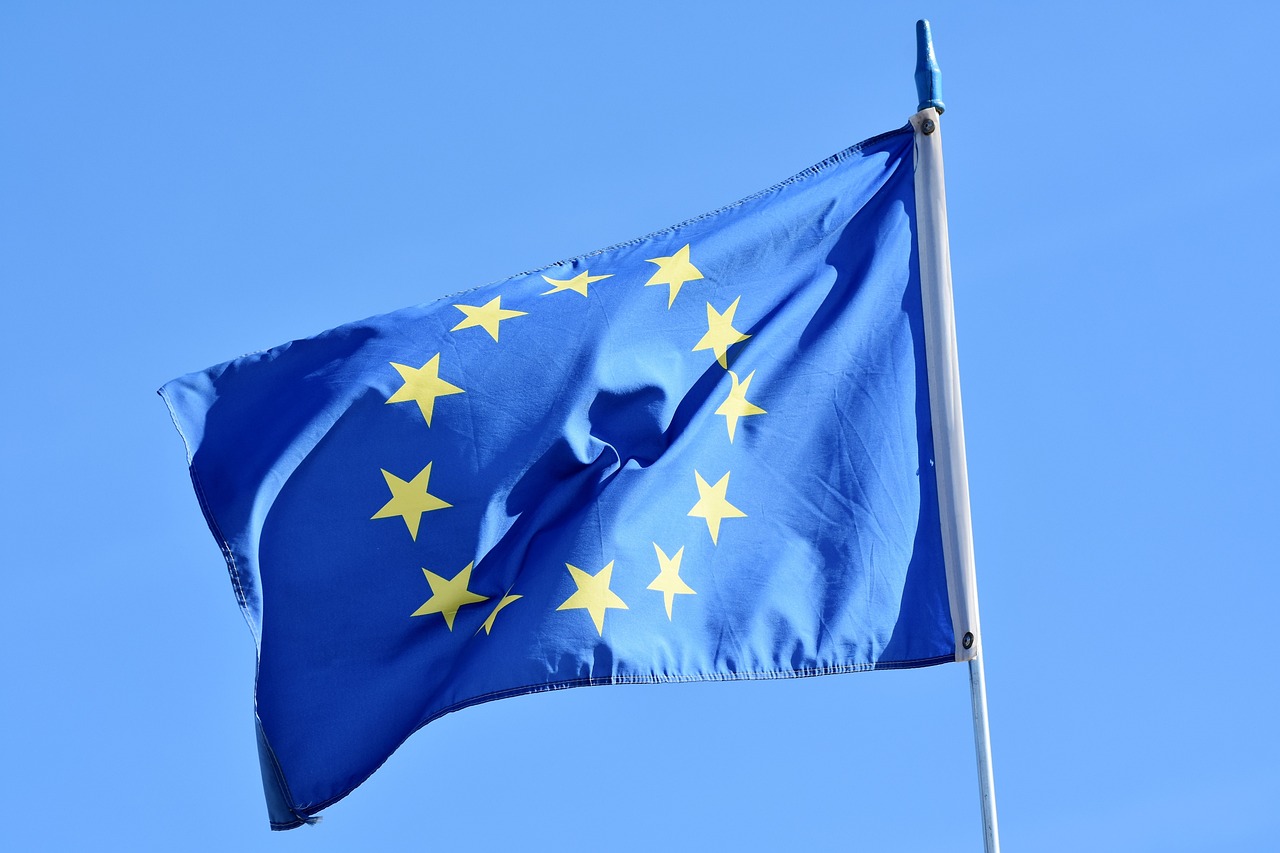
Following a review by the European Commission, Jersey has successfully retained its adequacy status.
In its report regarding the functioning of adequacy decisions, the European Commission found that Jersey (as well as Andorra, Argentina, Canada, Faroe Islands, Guernsey, the Isle of Man, Israel, New Zealand, Switzerland and Uruguay) continues to ensure an adequate level of protection for personal data transferred from the European Union within the scope of the General Data Protection Regulation (GDPR).
The report concluded: “The Commission welcomes the developments in the Jersey legal framework since the adoption of the adequacy decision, including legislative amendments, case law and activities of oversight bodies, which have contributed to an increased level of data protection. In particular, Jersey has significantly modernised its data protection framework by adopting the Data Protection (Jersey) Law 2018 and the Data Protection Authority (Jersey) Law 2018 which entered into force in 2018 and align the Jersey regime closely with the GDPR.”
Information Commissioner Paul Vane said: “As Jersey is considered a ‘third country,’ this decision is of huge importance to Jersey and will provide significant comfort to local organisations who rely on transfers of personal data between Jersey and the EU to participate and survive in today’s global, digital world. Having ‘adequacy status’ from the European Commission demonstrates that Jersey is considered to have a robust data protection regime that provides the highest level of data protection to individuals.
But also, importantly for the business community, it means that personal data can continue to flow freely between Jersey and Europe whilst ensuring the data is protected to a high standard. It is now critical that we maintain those high standards to ensure the ongoing protection of our Islanders and local businesses alike so we are fully able to deal with the challenges that lie ahead arising from a rapidly changing digital and technological landscape.”